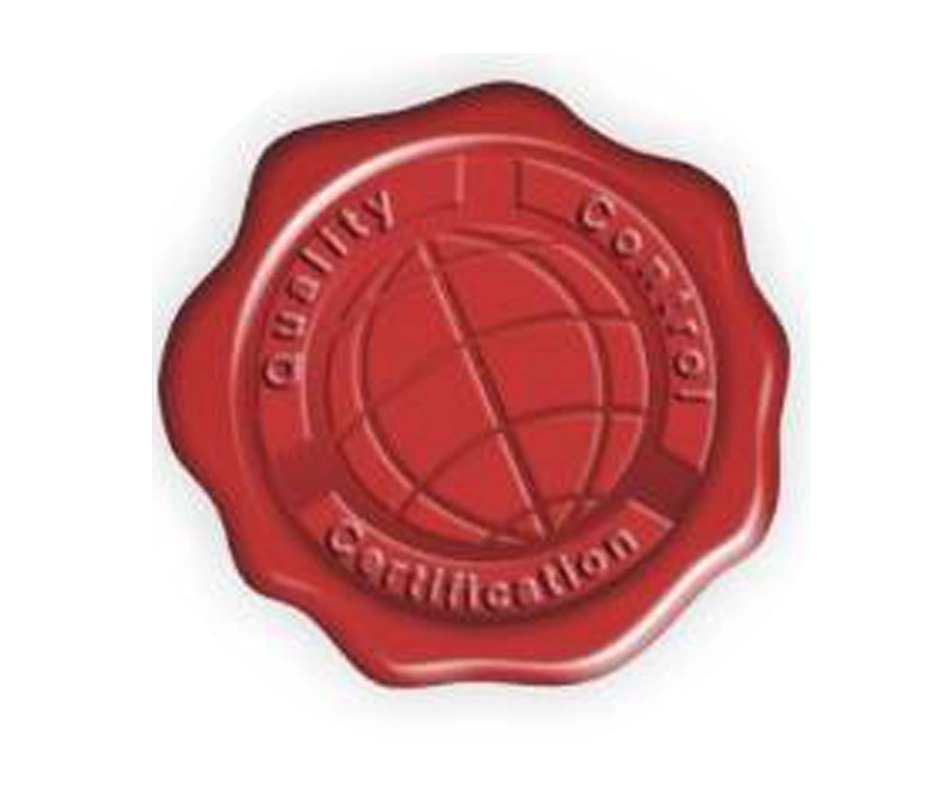Design thinking is a method used by professionals from various fields to solve user problems. It helps teams think outside the box to create innovative solutions for users. This approach is beneficial for addressing wicked problems, where design thinking becomes especially helpful for early-stage startups.
What Are Wicked Problems?
Wicked problems do not have right or wrong answers, only good and bad. There is also no formula to solve such problems. Horst Rittel, who first coined this term, describes the following as one of the ten characteristics of wicked problems:
There is always more than one explanation for a wicked problem because the explanations vary greatly depending on the individual perspective.
Design thinking allows startups and innovators to get the individual perspectives of their customers and users and leverage them to build the most appropriate solution for the problem at hand.
Additionally, while it helps startups solve problems, it allows users to understand what they want. In essence, it enables a two-way discovery process to define the situation better and build the most appropriate solution.
The Design Thinking Process
Design thinking is a five-step process that starts with observation. These five steps empathize, define, ideate, prototype, and test.
Empathize
The first step towards building a valuable solution is to build empathy for the real challenges faced by your customers and users. We have discussed empathy and incorporating it in detail in our earlier article One Critical Factor That Will Make Your Digital Product Stand Out Exceptionally, hence we will not delve too deep into it. However, this is the foundation for your success.
Define
During the define stage, you develop the overall solution or the outcome you want to achieve. The solution needs to be user/customer-centric and not business-centric. For example, instead of defining your desired outcome as “develop an app that enables us a leadership position in the e-learning market,” you can frame a better objective like this:
“Enable better and faster learning outcomes through the use of technology.”
By shifting the focus to customer-centric outcomes, you create a stronger foundation while allowing you the flexibility of approach while developing the product. Such flexibility is critical for an early-stage startup to ensure that you are quickly able to respond to changes and build business resilience at the onset.
Ideate
A user-centric definition allows you to ideate through many possible solutions. Taking the example of the e-learning app further, you can now think of various channels and mediums through which you can deliver the learning. For example, instead of just building an app, can you also leverage social media like Facebook, LinkedIn, Discourse, or Instagram, or ubiquitous communication platforms like WhatsApp or Telegram to deliver the learning?
It is critical that you have multiple ideas to implement your core value proposition. In addition, such a healthy mix of ideas will allow you to take the feedback you will receive during the later stages of product development and incorporate it into your final solution.
Prototype
Build a prototype capable of generating feedback from your users that tells you whether you are developing a valuable product or not. It also may say what you can do to ensure that you are on the right track. By definition, a prototype is meant to demonstrate your intention and test your ideas. From that perspective, it can be a low-fidelity prototype, including paper drawings and bare-minimum functional product, or a high-fidelity prototype that also pushes the overall experience.
Test
The testing phase is where all the learning happens. The best people to test your prototypes are a subsection of your target customer base. However, it may not always be possible to involve the actual users in testing. In such cases, the testing team should assume the user’s mindset. When you interact with your prototypes from a customer’s viewpoint, you can still uncover valuable lessons. Perhaps the most prominent example of such an approach is AirBnB when Joe Gebia used their application to find out that low-quality pictures of houses were stopping customers from booking those accommodations. Such immersion is essential to uncover hidden customer needs beyond the feedback expressed.
Facilitating Learning
While testing, what data you gather and how you use it is critical. You must ensure that your analysis is wholesome and can provide multi-dimensional insights into how your customers interacted with your prototypes. There are four primary types of analytics that you can consider:
1. Descriptive Analysis to understand how customers interacted with your prototype, what kind of navigational patterns they used, what actions they took, and the outcome for them.
2. Diagnostic Analytics will explain why users acted the way they did. Thinking about your observations and feedback will help you understand your customers’ motivations.
3. Predictive Analysis will allow you to explore the possibilities in the future based on user behavior so far. You can think of possible responses from the customers in the future under specific circumstances.
4. Prescriptive Analysis will generate more ideas that you can use to align your product with market realities better.
While these techniques are primarily used in data analytics and Machine Learning, these four paradigms will help you better understand customer response and ensure effective product development efforts.
Finally
When it comes to startups, it is important to remember that not all problems are created equal. Some of them are rather wicked. These challenges are often difficult to identify, and they are difficult to solve at scale. One of the biggest challenges a new startup faces is discovering the right problem and identifying the right solution. The design thinking process can help startups do this by focusing on the end user. Along the way, it also allows users to understand what they want, ensuring a perfect alignment between the product and the market.












